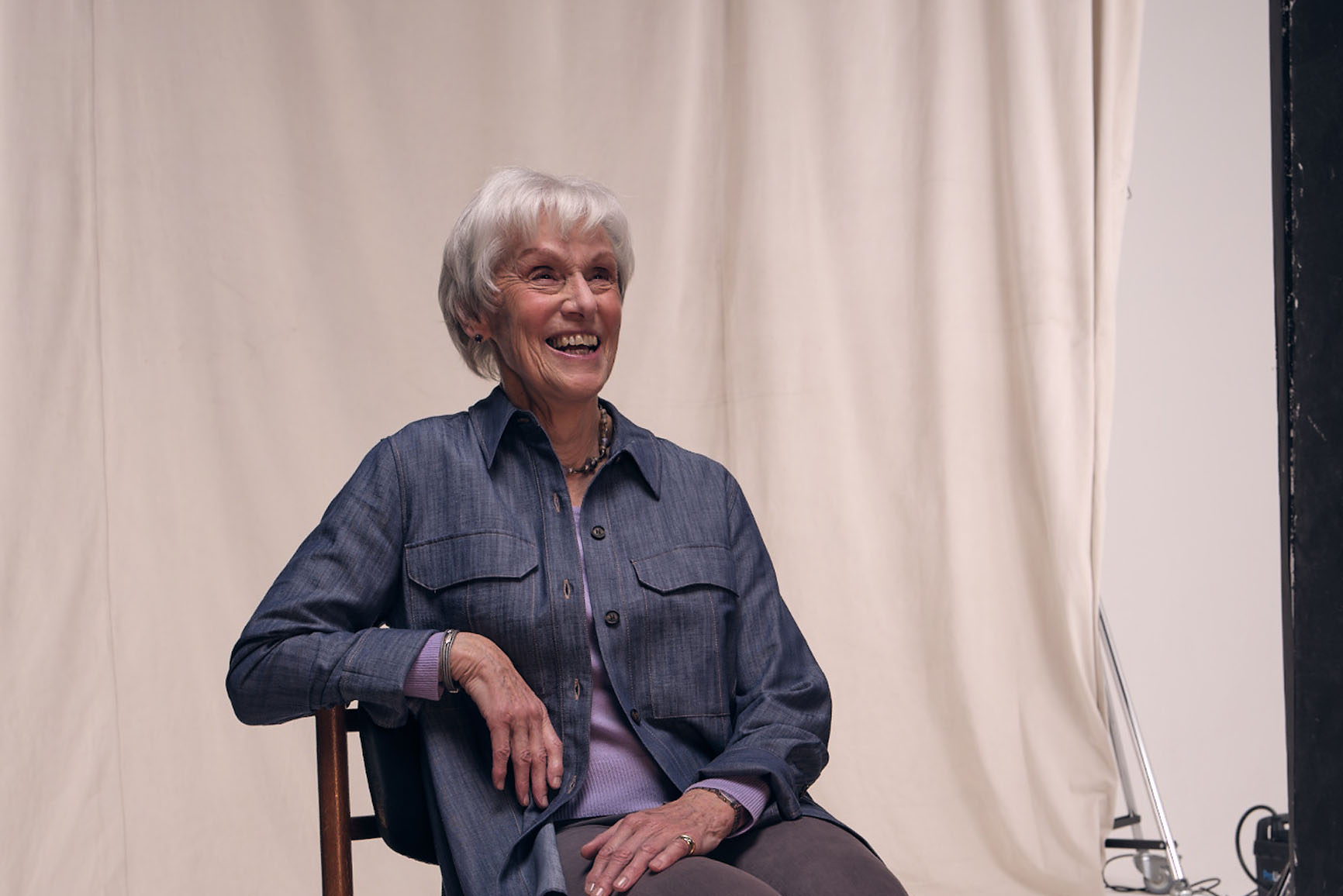What is Non-Directed Kidney Donation?
Non-directed kidney donation, also known as altruistic kidney donation, is an act that can save lives. This is where someone offers their kidney to a stranger, which can improve the lives of people living with kidney disease and give them a new lease on life.
In this article, we’ll explore what non-directed kidney donation is, who can become a donor, and the steps involved in the process, as well as address common concerns and myths about this life-saving surgery.
NON-DIRECTED (ALTRUISTIC) KIDNEY DONATION EXPLAINED
Non-directed kidney donation is when someone chooses to give a kidney to someone in need without knowing who will receive it. It’s also sometimes called altruistic kidney donation because it’s done simply to help others.
The main difference between altruistic donation and directed donation is the kidney recipient. In directed donation, the donor gives their kidney to someone they know, like a family member or friend. In altruistic donation, the donor doesn’t know who will receive their kidney, allowing it to go to the person in greatest need.
Although it’s still less common than directed donations, the number of non-directed donations has increased as more people realise the need for kidney donors and the positive difference their donations can make.
WHO CAN BECOME AN ALTRUISTIC KIDNEY DONOR?
Any adult can volunteer to be a non-directed altruistic donor. You need to be over 18 in England, Northern Ireland, and Wales, and over 16 in Scotland. There is no upper age limit. However, no matter your age you will have to go through some tests to make sure you’re able and healthy enough to donate. Your health and safety are vital, and it’s important to know that not everyone will be able to donate, even if they want to.
It’s also important to remember that if you decide to volunteer, you can change your mind at any time, right up to the day of surgery.
SURGERY AND RECOVERY FOR NON-DIRECTED (ALTRUISTIC) DONORS
The surgery for kidney donation is called a nephrectomy, where one of the donor’s kidneys is removed. It’s usually done using ‘keyhole’ methods, which means it involves small cuts and has a faster recovery. The surgery takes about 2-3 hours on average, though it can take longer depending on the situation, and donors usually stay in the hospital for 1-3 days afterward.
Recovery after kidney donation can vary, but most donors can go back to their normal activities in 4-6 weeks. During recovery, it’s important to avoid heavy lifting and intense exercise. Follow-up appointments with the transplant team help make sure the donor is healing properly and that their remaining kidney is working well.
Kidney donation is usually safe, but it has some risks like infection, bleeding, and anaesthetic complications. However, these risks are low and will be explained as part of the testing process well before the operation.
BENEFITS AND IMPACT OF NON-DIRECTED KIDNEY DONATION
Getting a kidney from a non-directed donor can change a recipient’s life. It can mean the difference between life and death and greatly improve their quality of life. A successful transplant can free them from dialysis, letting them live healthier and more active lives.
Donors can also feel emotional and psychological benefits. Many feel a deep satisfaction from knowing they’ve helped someone with kidney disease. Plus, non-directed donations can encourage others to donate, creating a positive impact on the entire transplant community.
The impact on society is important too. Non-directed donations can help lower the number of people waiting for transplants. Programs like Kidney Paired Donation (KPD) or “Sharing Scheme” allow one generous donation to start a chain of transplants, helping many patients get the kidneys they need. A recent report from the charity Kidney Research UK also revealed that increasing transplants from living donors would not only save lives but also save the NHS money compared to expensive and life-limiting dialysis treatment.
COMMON CONCERNS AND MYTHS
Even though there are many positive outcomes, some people worry about non-directed kidney donation. They often fear that donating a kidney will hurt their health or that the surgery is dangerous. However, research shows that donors usually live healthy, normal lives after their operation, and the risks of kidney donation are low.
There are also worries that people could be pressured into donating or taken advantage of. There are strict rules and checks in place to make sure that donors can decide freely and understand the risks and benefits of donating.
Lastly, some people think only young and perfectly healthy individuals can donate, but older people and some people with minor health issues can also be eligible. It is worth speaking to your healthcare professional if you would consider donating but don’t know if you would be eligible.
Non-directed kidney donation is a powerful way to change someone’s life for the better. By learning about the process and getting answers to any questions you have, you can decide if this life-saving choice is right for you.
Speak to a Non-Directed Kidney Donor
The UK Living Kidney Donation Buddy Support Service allows anyone considering non-directed kidney donation to speak with someone with lived experience, who can answer any questions you may have and tell you about their own experiences with donating a kidney.
Visit our webpage on Requesting a Buddy for more information.

